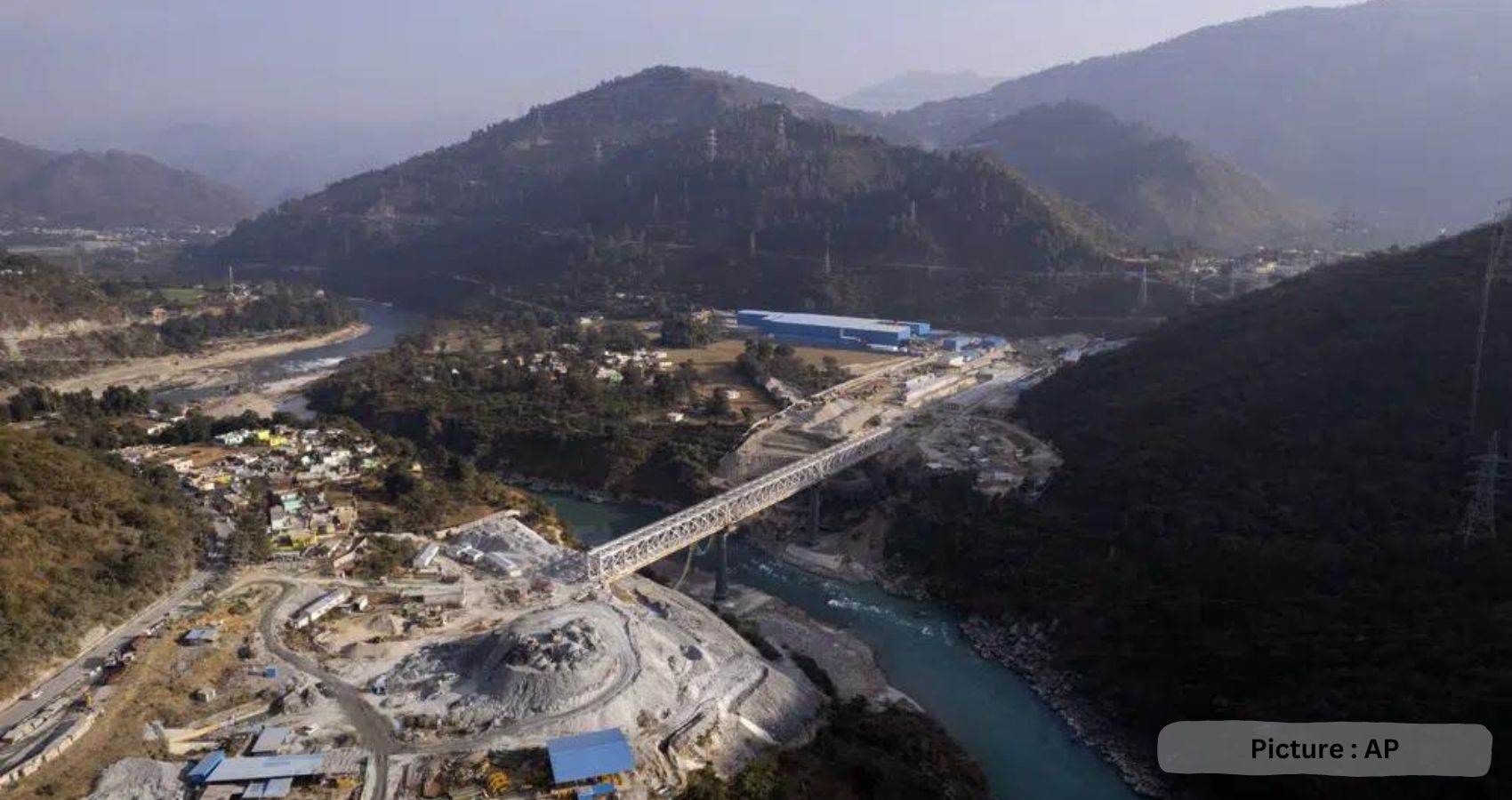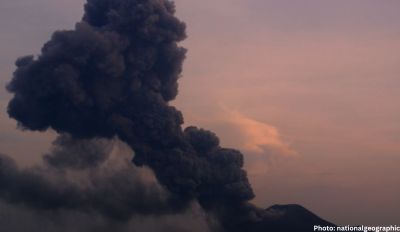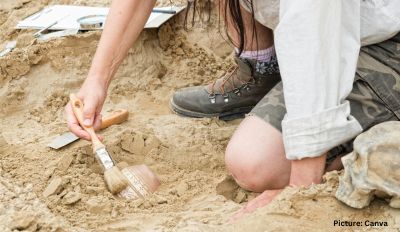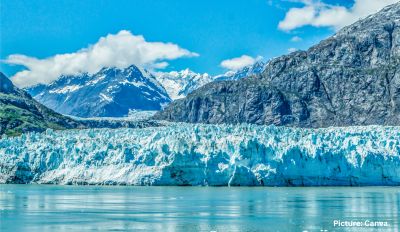(AP) — Inside a shrine overlooking snow-capped mountains, Hindu priests heaped spoonfuls of puffed rice and ghee into a crackling fire. They closed their eyes and chanted in Sanskrit, hoping their prayers would somehow turn back time and save their holy — and sinking — town.
For months, the roughly 20,000 residents in Joshimath, burrowed in the Himalayas and revered by Hindu and Sikh pilgrims, have watched the earth slowly swallow their community. They pleaded for help that never arrived, and in January their desperate plight made it into the international spotlight.
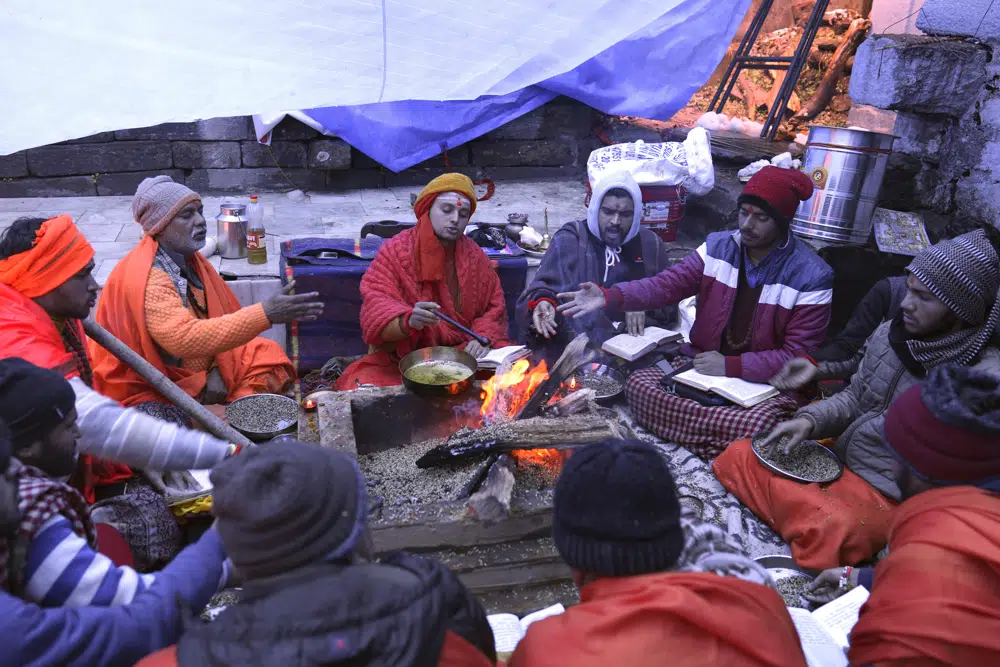
But by then, Joshimath was already a disaster zone. Multistoried hotels slumped to one side; cracked roads gaped open. More than 860 homes were uninhabitable, splayed by deep fissures that snaked through ceilings, floors and walls. And instead of saviors they got bulldozers that razed whole lopsided swaths of the town.
The holy town was built on piles of debris left behind by years of landslides and earthquakes. Scientists have warned for decades, including in a 1976 report, that Joshimath could not withstand the level of heavy construction that has recently been taking place.
“Cracks are widening every day and people are in fear. We have been saying for years this is not just a disaster, but a disaster in the making… it’s a time bomb,” said Atul Sati, an activist with the Save Joshimath Committee.
Joshimath’s future is at risk, experts and activists say, due in part to a push backed by the prime minister’s political party to grow religious tourism in Uttarakhand, the holy town’s home state. On top of climate change, extensive new construction to accommodate more tourists and accelerate hydropower projects in the region is exacerbating subsidence — the sinking of land.
Located 1,890 meters (6,200 feet) above sea level, Joshimath is said to have special spiritual powers and believed to be where Hindu guru Adi Shankaracharya found enlightenment in the 8th century before going on to establish four monasteries across India, including one in Joshimath.
Visitors pass through the town on their way to the famous Sikh shrine, Hemkund Sahib, and the Hindu temple, Badrinath.
“It must be protected,” said Brahmachari Mukundanand, a local priest who called Joshimath the “brain of North India” and explained that “Our body can still function if some limbs are cut off. But if anything happens to our brain, we can’t function. … Its survival is extremely important.”
The town’s loose topsoil and soft rocks can only support so much and that limit, according to environmentalist Vimlendu Jha, may have already been breached.
“You can’t just construct anything anywhere just because it is allowed,” he said. “In the short term, you might think it’s development. But in the long term, it is actually devastation.”
At least 240 families have been forced to relocate without knowing if they would be able to return.
Prabha Sati, who fled Joshimath in a panic last month when her home began to crack and tilt, came back to grab the television, idols of Hindu gods and some shoes before state officials demolished her home.

